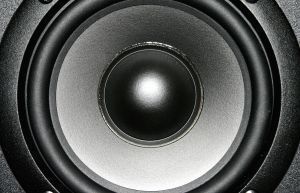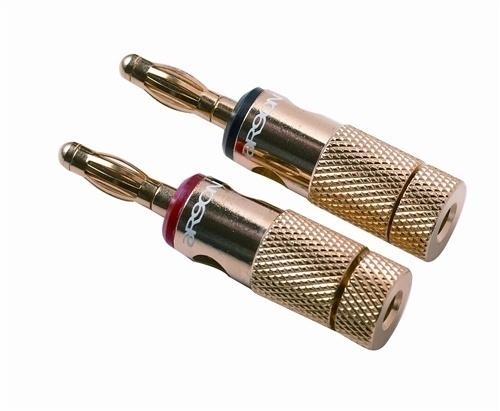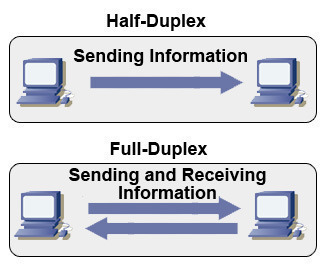Conceptually, hypersonic sound (HSS) systems do to sound what laser technology does to light – focus sound into a tight beam that can travel great distances without dispersing. HSS systems can create sound that is meant only for a certain individual(s), not for everyone who just happens to be in the vicinity.
HSS Speakers versus Conventional Speakers
A conventional sound system is comparable to light bulbs. Speakers broadcast sound waves indiscriminately over a wide area – just as a conventional light bulb emits light indiscriminately over the whole room. HSS systems, on the other hand, are comparable to spotlights. HSS speakers focus sound waves to just one particular spot – just as a spotlight focuses the light beam to just one particular area.
How HSS Speaker Systems Work
The principle underlying HSS technology was first described by 18th century Italian composer, Tartini, who found that if one plays two different tones loudly at the same time, a third tone is produced which has a frequency that is the exact difference of the frequencies of the other two.
HSS systems apply the 'Tartini principle' electronically and use ultrasonic sounds that are beyond the range of human or animal hearing. HSS sounds are actually a combination of two sound waves: a 'carrier' wave with a frequency of 200,000-hz, and a second wave in the 200,020 to 220,000 hz range. Subtract the latter from the former and you get sound in the 20 to 20,000 hz range – which is the actual audal range of human beings: deep bass notes (20-hz) to shrill, 'high notes' at 20,000-hz.

The sound waves emitted by HSS systems are tightly focused. Since they are at a range that is not audible to humans, they are not heard until the waves encounter an obstacle – a wall, vase, door, or person. At this point, the carrier wave 'drops out' and only the audal sound is heard.
Applications for HSS Speakers
The most obvious application of HSS technology is in 'replacing' conventional loudspeaker systems. HSS speakers are not the typical 'boom box' systems which have multiple speakers; demonstration HSS speakers are about the size of a cereal box but they produce amazing sound clarity.
One can just imagine the implications of such a technology. Instead of the massive sound systems seen in concerts, there will be only a few small, unobtrusive speakers in strategic locations. The same holds for home theater systems; rather than large speakers placed all over a room, there will only be one or two well-placed HSS speakers. One 'advantage' of HSS is that one speaker can be directed at a wall behind the viewers; the sound reflected off the wall 'bounces back' and you have realistic 'surround sound' without the multiple speakers required.
People are also thinking of laptop or desktop computer speakers that can be heard only by people using them; HSS megaphones on aircraft carriers or other 'sound-rich environments' through which instructions can be relayed to specific people rather than these becoming part of ambient noise, and so on.




Edward Anderson
I have, for some time, been interested in the application of this technology for Stage Monitors in live music venues. I would be interested to see what kind of effect these have in a confined space with standard Cardioid microphones. Most of these mics cannot efficiently pick up anything much above 18,000 Hz. so feedback elimination could be amazing. This could also permit directed discreet mixes sent to different parts of the stage, precluding the need for In Ear Monitors to deliver custom listening for individual artists…